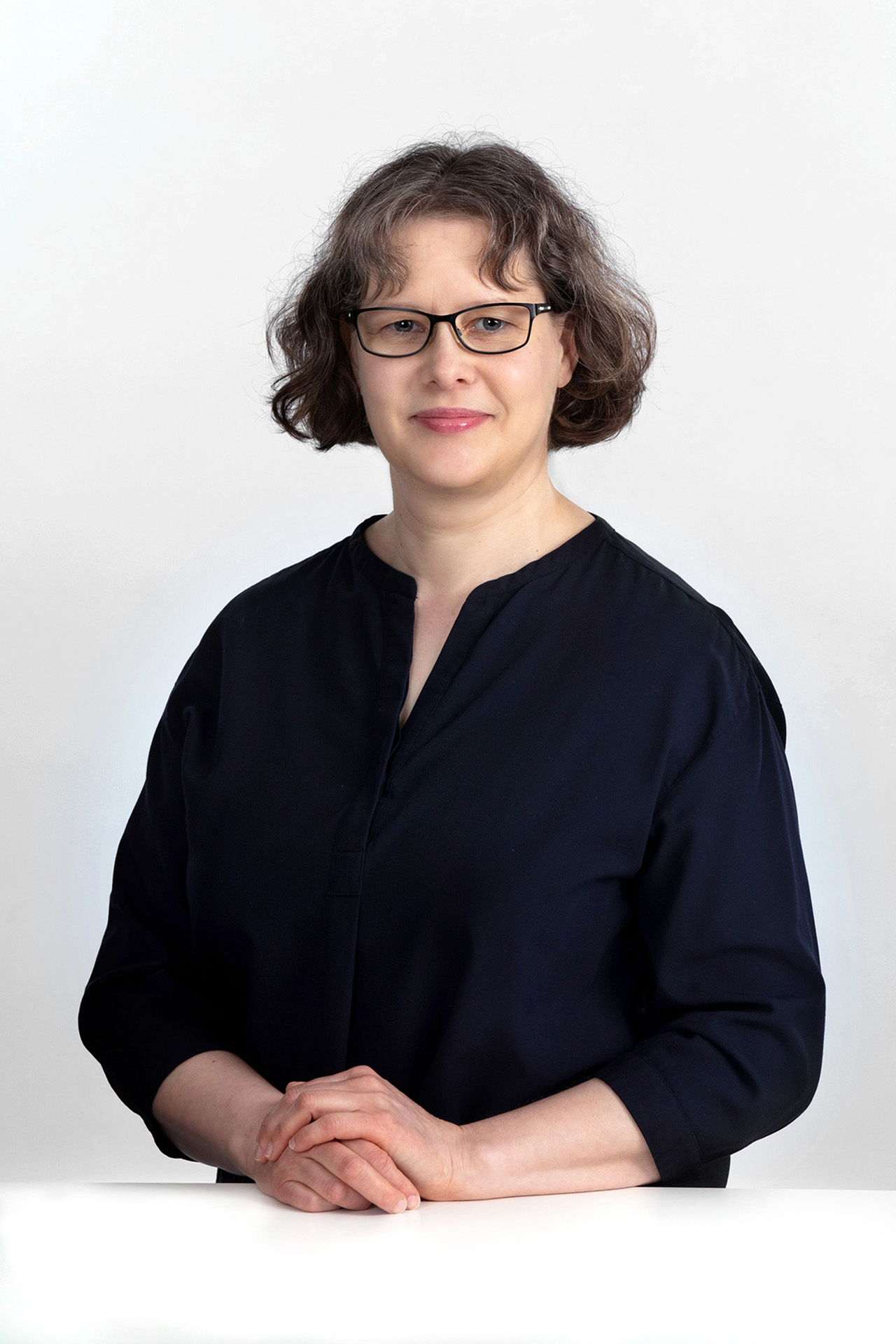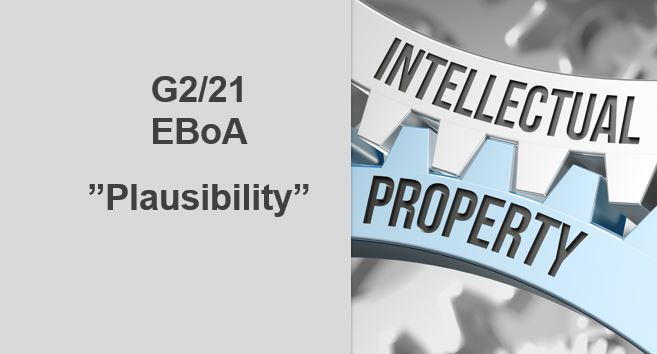G2/21 – Proving a technical effect with later publications

- Kaisa Suominen
- –
- News
- –
- 3.4.2023

The European Patent Office (EPO), as well as some other offices such as the Finnish office, assesses inventive step using a so-called problem-solution approach. An important part of this approach is the technical effect achieved by the feature(s) by which the invention differs from the closest prior art.
As we previously told in this news item, a question on this issue was referred to the Enlarged Board of Appeal of the EPO. The decision is finally out, but what does it say? Do we need to draft the applications differently in the future? Does the decision have some other effect?
Use of post-published evidence is not excluded by principle
The referral included a question on how the principle of free evaluation of evidence is to be considered in the situation where the technical effect is proven by a publication that is later than the filing (or priority) date of the application.
The Enlarged Board of Appeal slightly re-phrased the questions asked, and the decision gives has a very clear statement that such evidence may not be disregarded solely on the ground that it had not been public before the filing date of the application or patent. The decision also clearly states that the principle of free evaluation of evidence is to be followed also in cases where the applicant or patentee provides proof of technical effect after the filing date of the application.
What does it mean in practice?
The formulation of the Enlarged Board of Appeal differs slightly from what is i.a. used by the EPO in their Guidelines for examination.
According to the decision, an applicant or proprietor may rely upon a technical effect for inventive step if the skilled person, having the common general knowledge in mind, and based on the application as originally filed, would derive said effect as being encompassed by the technical teaching and embodied by the same originally disclosed invention. The Guidelines (G-VII, 5.2) on the other hand states the following: “It is also possible to rely on new effects submitted subsequently during the proceedings by the applicant, provided that the skilled person would recognise these effects as implied by or related to the technical problem initially suggested.”
The difference is thus that previously the technical effect was linked to a technical problem originally disclosed in the application, but the new decision refers more broadly to the technical teaching and invention in the application. It can thus be expected that this issue will in the future be interpreted in a somewhat more liberal manner. It will be interesting to see how this will be formulated in the next edition of the Guidelines in March 2024.
As expected, the decision also clearly puts forward that it is not possible to give a clear yes- or no-answer applicable to all cases, but rather that the situation depends on the case. For some reason, according to the decision, this may also depend to some extent on the technical field. However, as the patentability criteria should be the same irrespective of the technical field, it remains to be seen how this will be interpreted in practice.
Does this affect how the applications are drafted in the future?
In practice it is quite safe to say that from the viewpoint of an applicant or patentee, the situation is at least not worse than before. The rights of third parties are also secured even in the future, as even after this decision the applicant or patentee cannot come up with a completely new and surprising technical effect, so to say out of the blue, to validly argue inventive step, if the effect is in no way connected to the original invention.
It thus seems that this new decision does not have an effect on how applications are drafted. In the future, it will therefore still be necessary to try to include all possible technical problems that the invention and its embodiments solve, as well as any evidence and support thereof in the application when drafting.
In particular in the field of chemistry and biotech, it is however often necessary to have also comparative examples in order to support the inventive step. According to the decision G2/21, the applicant still does not need to carry out an exhaustive preliminary search to find all possible relevant closest prior arts, and to perform comparative examples in view of all of them prior to filing the application. It is of course important to remember that this decision only applies to the EPO, and not for example outside of Europe.
Does the decision have any other effect?
In addition to what is written above, it is worth to note that in the intermediate conclusions of the decision, it is stated that according to established jurisprudence of the Boards of Appeal of the EPO, it is clear that late filed evidence can be used in proving sufficiency of disclosure in a much narrower way than for inventive step. Examples and comparative examples will thus be important in drafting also in the future.
Link to the decision https://www.epo.org/law-practice/case-law-appeals/recent/g210002ex1.html

